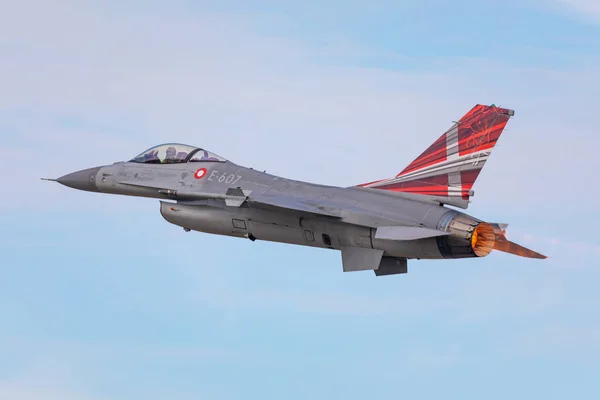
A column of smoke billowing above a Thai filling station, civilians cowering in bunkers, and the sound of F-16 engines passing overheadthese are not visions from a far-off war front, but photographs from the Thai-Cambodian border in July 2025. The recent border clash, the most lethal in more than a decade, not only reopened a century-old boundary dispute, but also dramatized the changing face of military technology and regional security across Southeast Asia.
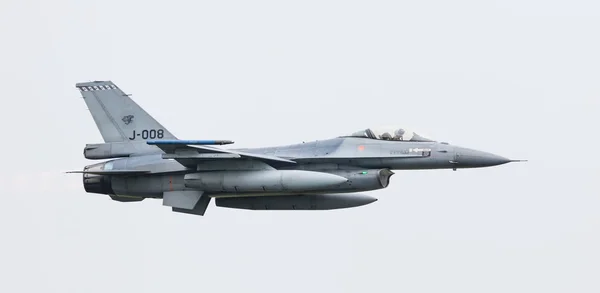
1. Thai F-16 Airstrikes Significance
The sending of six Royal Thai Air Force F-16 Fighting Falcons on July 24 was a turning point in the conflict along the Thai-Cambodian border. The jets made precision attacks on Cambodian rocket and artillery sites in the Chong An Ma area, in response to a shower of BM-21 Grad rockets that killed Thai civilians. The Royal Thai Air Force insisted, “Reports that a Thai fighter had been shot down are entirely untrue,” dismissing Cambodian declarations of a successful air defense operation. The deployment of F-16s, formerly reserved for deterrence, marks an unprecedented escalation of the conflict’s technological levels, the first cross-border fighter jet operation in years Six Thai F-16s carry out airstrikes in Cambodia.
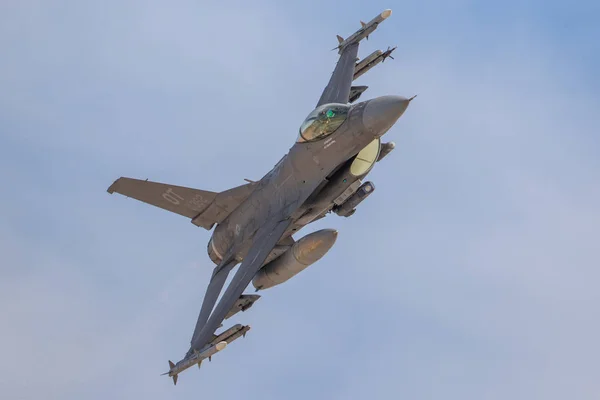
2. Engineering and Armament: F-16s in Southeast Asia
The Thai F-16 consists of A/B and C/D models, some of which have been upgraded under the Mid-Life Update program. Video images of the jets at Ubon Ratchathani Air Base showed the planes armed with Mark 82 500 lb bombs with Lizard guidance kits supplied by Elbit Systems. They carried handwritten notes on some of them that read “Hello Hunsen,” a sarcastic note directed at Cambodia’s Senate President Hun Sen. At a top velocity in excess of 1,500 mph and equipped with sophisticated avionics, these F-16s are the best fourth-generation fighters available in the region F-16s are fourth-generation fighter most advanced in the world. Cambodia, on the other hand, has no modern air force and depends on Soviet-made MANPADS and Chinese HQ-12 radar-guided surface-to-air missiles, providing little protection against such air invasions.
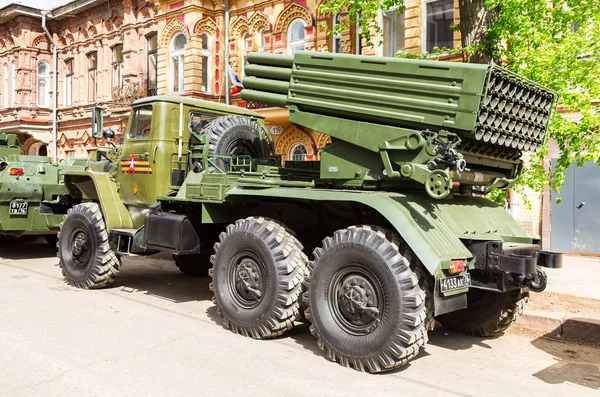
3. The BM-21 Grad: Cambodia’s Artillery Response
Cambodia’s defense has rested heavily on its stock of BM-21 Grad multiple rocket launchers, a Soviet-designed system that can blanket targets with 122mm rockets. One of them hit a gas station in Thailand’s Sisaket Province, killing several civilians and sending up a “gigantic cloud of smoke” into the sky, eyewitness Praphas Intaracheun said. BM-21’s mobility and firepower make it a formidable weapon for border fighting, but its inaccuracy has been contributing civilian losses and infrastructure damage to the tally BM-21 rocket struck fuel station in Si Saket Province.
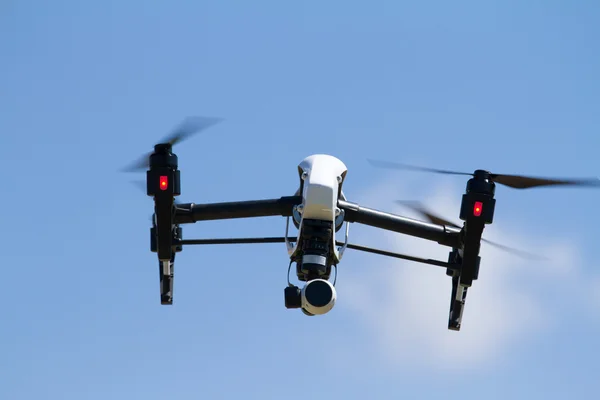
4. Drones and Surveillance: Eyes Over the Battlefield
The ongoing conflict has also witnessed the use of unmanned aerial vehicles (UAVs) for intelligence, surveillance, and reconnaissance (ISR). Thai troops heard a Cambodian drone before ground fighting around the Ta Muen Thom temple, reflecting UAVs’ increasing role in contemporary border security.

Thailand’s indigenous UAV programs, assisted with Chinese technology, have enabled the development of both surveillance and combat drones, such as the DP 20a domestic variant of China’s BZK-005. Drone proliferation has also driven demand for counter-drone capabilities, with both nations investing in radar, jamming, and electronic warfare systems as part of an attempt to counter UAV threats Thailand has acted to enhance its C-UAV capabilities.
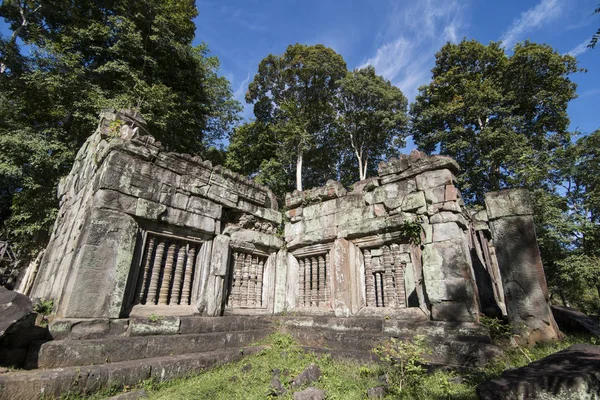
5. Historical Roots: The Preah Vihear Dispute
Today’s violence lies in the unresolved border demarcations inherited from French colonial occupation in 1907. The most contentious location is the 1,000-year-old Preah Vihear temple, which was awarded Cambodia in 1962 by the International Court of Justice and reaffirmed in 2013. Disputed surrounding lands continue to incite periodic clashes. The frontier is studded with historic temples, national parks, and wildlife refuges, several of which have emerged as crucial staging posts for the conduct of military operations. The conflict is further fueled by nationalist emotions and political instability on both sides. The conflict between Thailand and Cambodia stretches over more than a century.
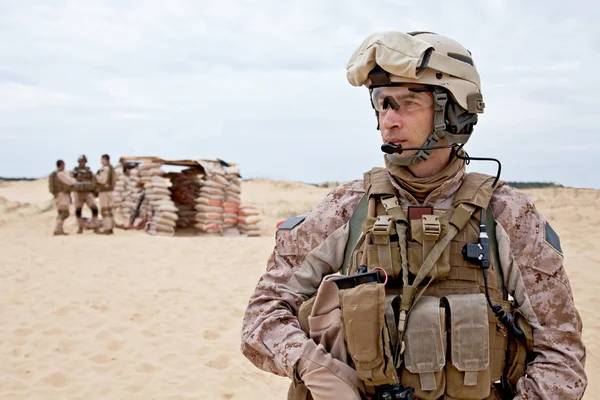
6. Military Balance and Escalation Risks
The Thai military is much greater than that of Cambodia, with both possessing a defense budget of $5.7 billion and over 360,000 active members compared to Cambodia’s $1.3 billion and 124,300 members. Thailand has 112 combat-capable aircraft at its disposal, such as 28 F-16s and 11 Gripens, while the Cambodian air force is limited to transport helicopters and planes. On the ground, Cambodia possesses over 200 tanks and 480 artillery pieces but is dwarfed by the larger and more advanced Thai arsenal. Both sides have also mobilized armored vehicles and applied border closures, but the technological disparity is glaring Thailand has one of the most highly equipped and well-trained air forces in Southeast Asia.
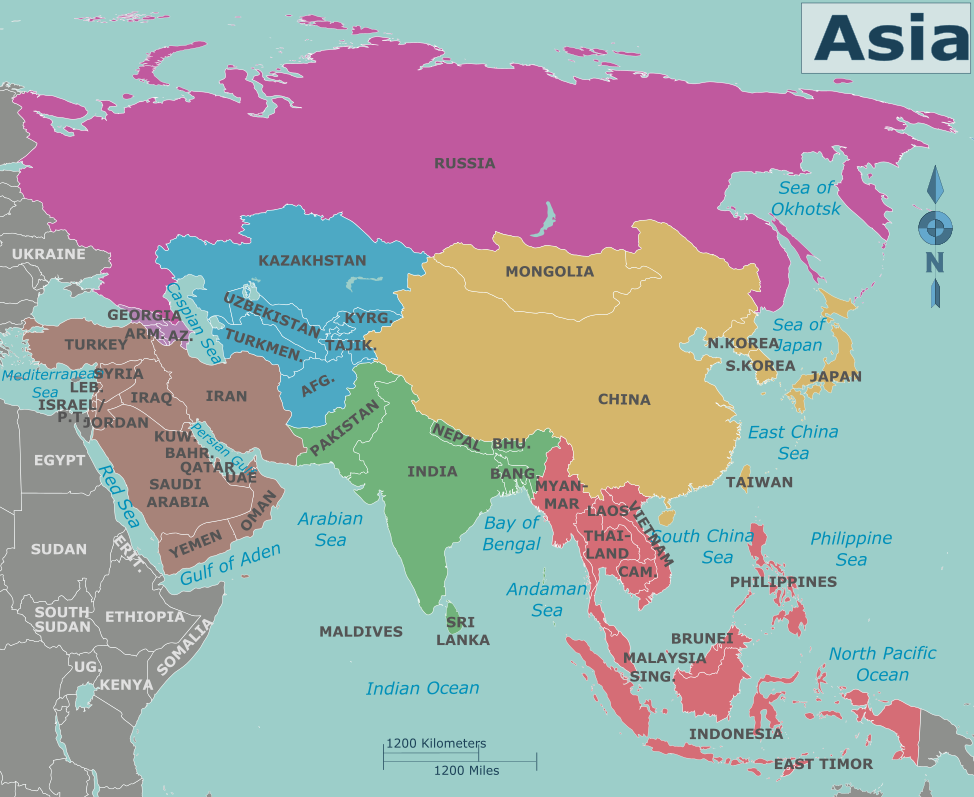
7. ASEAN and Regional Security Implications
The border confrontation has rocked ASEAN, compelling it to face the reality that it might not be able to manage intra-regional conflicts. Malaysia’s Prime Minister Anwar Ibrahim requested immediate talks, while China and the United States made statements calling for restraint. The war embarks on dangerously across regional security structures, laying bare regional insecurities’ vulnerability and the possibility of neighborhood conflicts drawing in greater powers.
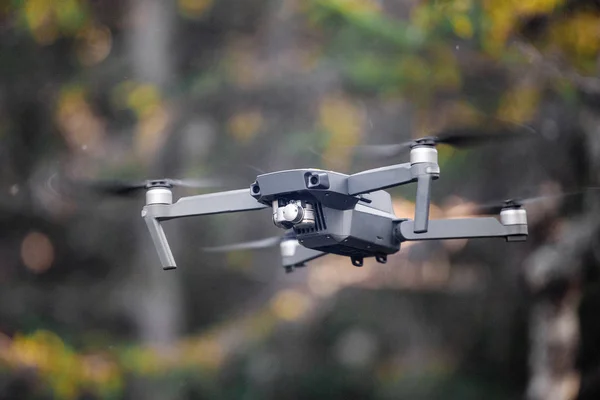
As one commentator explained, “Right now, neither side wishes to be perceived as yielding ground to the other and so fighting will go on for some time, mostly in the form of shelling across the border with artillery and firefights across the border in contested territory.” The introduction of advanced air power, precision-guided bombs, and drones into an ancient border war is a new chapter in Southeast Asian military history. As both sides prepare for further escalation, lessons from the conflict will be likely to shape defense planning and technological investment regionwide for years to come.

